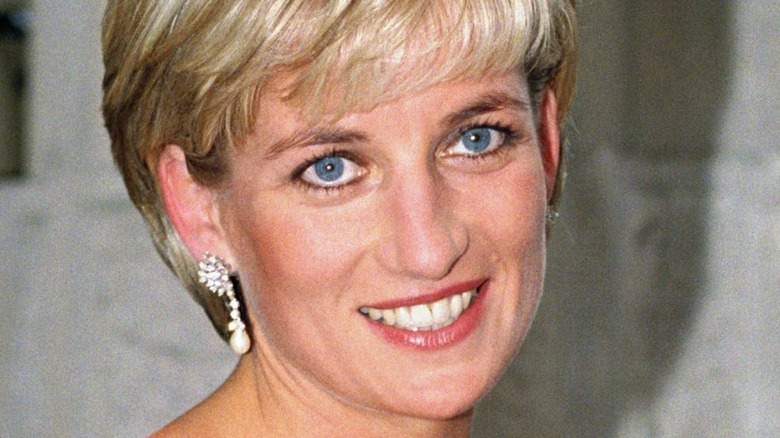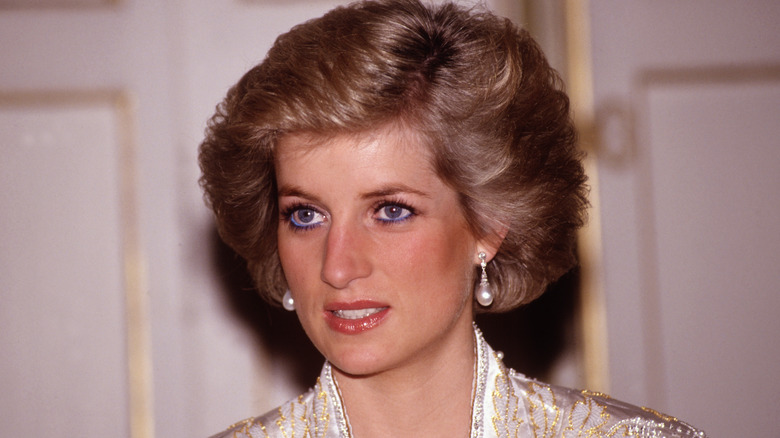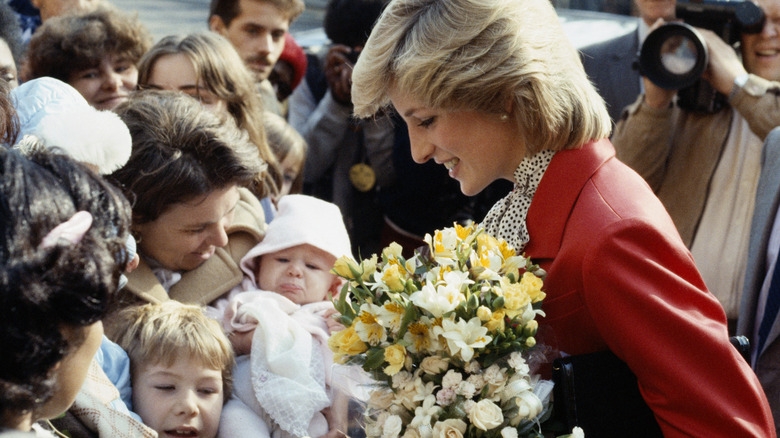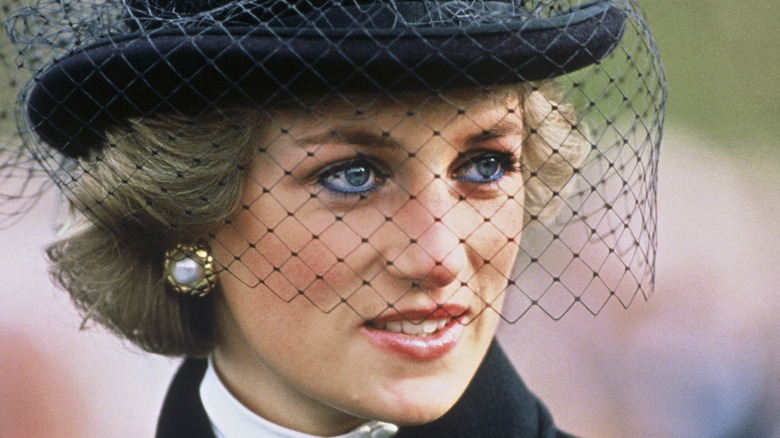Doctor Who Tried To Save Princess Diana Reveals New Information
Princess Diana's tragic death at age 36 on August 31, 1997 has stayed fresh in many fans' minds, even after all these years. Many investigations have been launched into the night and the final moments of the storied royal's life. According to the BBC, Princess Diana was fatally injured in a Paris car crash that happened as her driver was trying to flee a horde of paparazzi chasing them into a tunnel. The driver and Diana's companion, Egyptian film producer Dodi Al Fayed, died at the scene of the accident.
Diana, however, was still alive, and French authorities cut her from the automobile wreckage. After that, she was rushed to Pitié-Salpêtrière Hospital, where she ultimately died. For years following her death, a conspiracy theory circulated by many people — including, notably, Al Fayed's father, Mohamed — that Diana's doctor on that fatal night, MonSef Dahman, was part of a British plot to kill the People's Princess, per the Daily Mail.
But on June 18, 2021, Dahman gave his first interview from that night to the publication, revealing what happened to Diana in his care — and finally setting the record straight about her final minutes alive.
Princess Diana's final moments in the hospital were dire
On June 18, Princess Diana's doctor from the night she died in 1997, MonSef Dahman, revealed more about her last moments alive with the Daily Mail, his first interview since that fateful night. Dahman recalled that Diana arrived at Pitié-Salpêtrière Hospital, where he worked, around 2 a.m. on August 31, 1997.
At the scene, paramedics worked hard to stabilize the princess after a cardiac arrest, but once she made it to the hospital, she underwent x-rays, which revealed that Diana had "very serious internal bleeding." Dahman and the other doctors tried to relieve the bleeding and hemorrhaging with several procedures, including a surgical one performed by Dahman himself. "I did this [procedure] to enable her to breathe," Dahman told the Daily Mail. "Her heart couldn't function properly because it was lacking in blood."
In the midst of the procedure, Dahman realized Diana's pericardium (the membrane that protects the heart, per Healthline), was torn — and she was in worse shape than they thought.
Princess Diana's critical condition only became more grave
Princess Diana's doctor from the night of her 1997 death, MonSef Dahman, recalled to the Daily Mail on June 18 that the royal was in severe critical condition in his care. So much so that once he discovered the tear in the pericardium around her heart, Dahman and his medical colleagues called on France's top heart surgeon, Professor Alain Pavie, to take on the case at 2:30 a.m. on August 31, 1997.
Pavie took Diana to an operating room, where he and the other doctors finally uncovered the source of her profuse bleeding: Her upper-left pulmonary vein near the heart was torn. In 2011, The Independent described it as "a hole torn in her heart." Dahman recalled to the Daily Mail that Pavie sutured the tear, but it was too late — Diana's heart stopped, and the doctors struggled to restart the beating for a full hour until they stopped resuscitation efforts at 4 a.m.
"We tried electric shocks, several times ... But we could not get her heart beating again," Dahman told the Daily Mail. "'We fought hard, we tried a lot, really an awful lot ... We could not save her. And that affected us very much."
The doctors' efforts to save Princess Diana were later investigated
Despite the extraordinary measures taken to help Princess Diana, the doctors on the night of her 1997 death still received scrutiny. And that caused the doctor from that night, MonSef Dahman, and his colleagues to feel tremendous guilt for not being able to save the iconic royal figure. "When it's a princess and you follow her funeral along with billions of other people, and you had tried to save her, that obviously marks you," he told The Daily Mail in June 2021. "Because it's so terrible that this beautiful person had such a tragic end.'
In the years following, conspiracy theories formed, tying Dahman and his colleagues to an alleged (and never proven) British plot to kill Diana — and such claims were fueled by Mohamed Al Fayed, the father of Dodi Al Fayed, Diana's then-companion. So, in the 2000s, the medical personnel's efforts to save Diana were later investigated in "Operation Paget," led by former Metropolitan Police Chief Lord John Stevens.
After interviewing a renowned British forensic pathologist about the 1997 night, Stevens concluded (via The Daily Mail): "Those involved in the emergency treatment and surgery were highly qualified and experienced in their field. Their evidence showed that every effort was made to save the life of the Princess of Wales. No other strategy would have affected the outcome."




